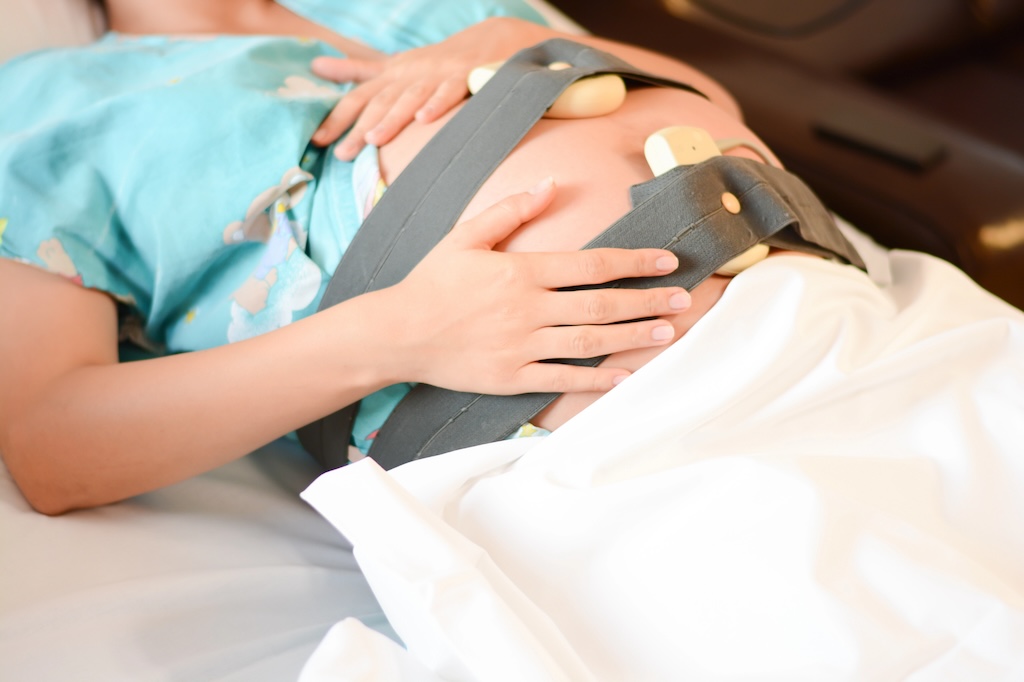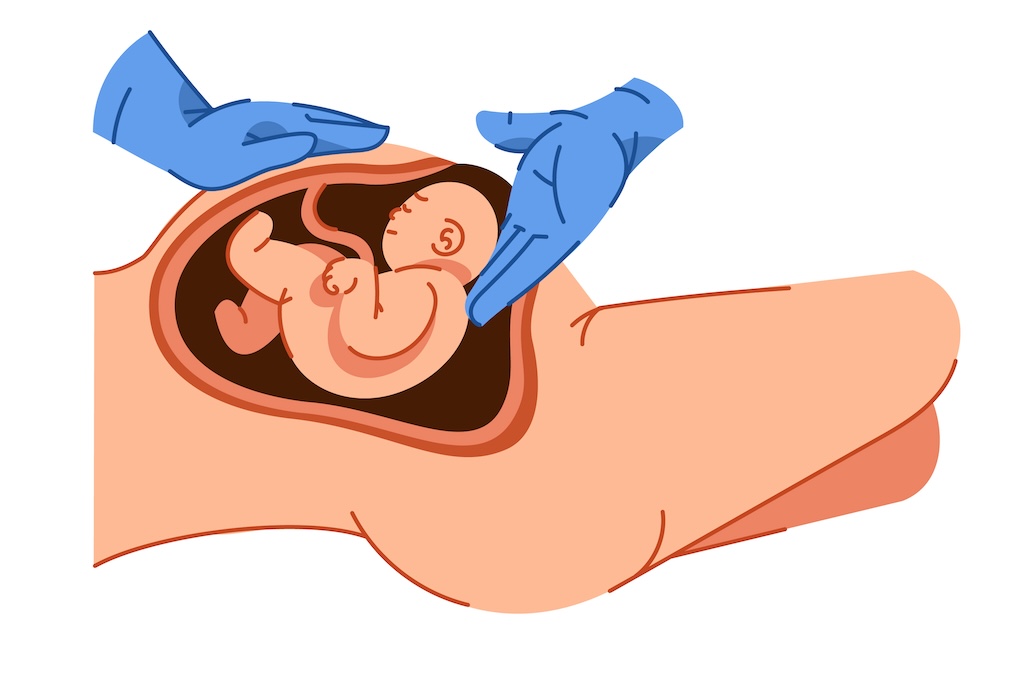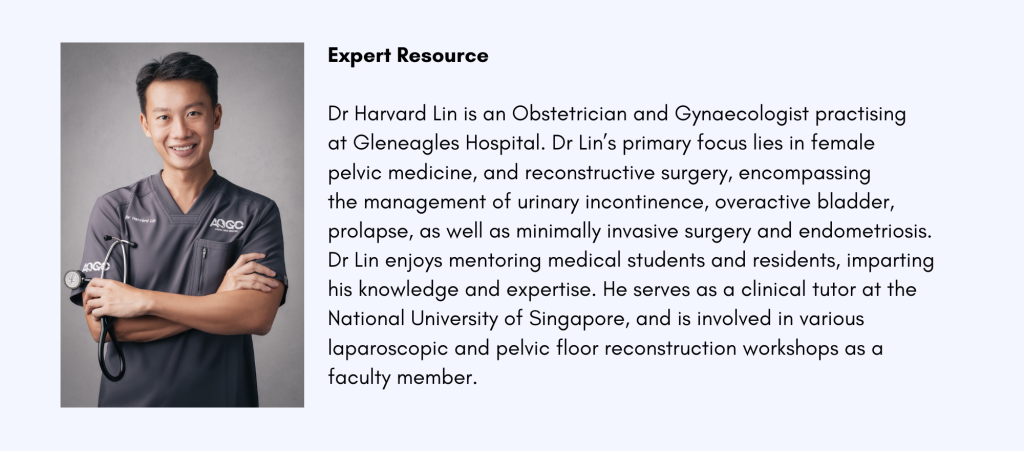SingaporeMotherhood | Pregnancy
April 2025
Prolonged Labour: When Baby Takes Too Long to be Born

After 30 hours of prolonged labour and minimal dilation, my obgyn said the ‘c’-word — C-section — that launched my career in maternal nagging. “You better come out soon,” I said repeatedly to the baby in my belly, “Or else!” The child listened, and was birthed naturally soon after. You may have heard that it is common for many first-time mothers to experience prolonged labour. While that was the case for me, there are in fact many factors that increase the likelihood of prolonged labour, says Dr Harvard Lin, Consultant Obstetrician, Gynaecologist and Urogynaecologist at the Asian Obstetrics & Gynaecology Centre (AOGC). These include:
- Having a labour that starts with medications such as synthetic oxytocin
- Use of an epidural
- Premature rupture of membranes
- Problems with the fluid sac around the foetus
- Prior failure to progress in a previous childbirth
- Carrying multiple pregnancies
- The baby lying in certain positions (such as breech position)
- Older maternal age
- High body mass index (BMI)
- Diabetes
- Fertility treatments
- A large baby for gestational age
So whether you are a first-time mum-to-be or expecting again, bear in mind that labour and delivery is not always a simple ‘push-and-pop-out’ procedure. Dr Lin tells us more about prolonged labour below.
What is prolonged labour
Prolonged labour is known as slow or stalled labour or failure to progress. It occurs when labour progresses at an unusually slow pace during the first or second stage. The labouring mother may experience contractions for several hours without advancing to the next stage of delivery.
(See also: HOW PILATES CAN HELP EASE YOUR PREGNANCY, LABOUR, & CHILDBIRTH EXPERIENCE)
Not always a danger, but there are risks
Although physically and emotionally exhausting, failure to progress during the first stage of labour is rarely dangerous. However, prolonged labour in the second stage carries greater risks of infection, postpartum haemorrhage, future incontinence, pelvic organ prolapses, as well as uterine rupture. When labour is prolonged it also increases the likelihood that assisted delivery methods, such as vacuum extraction or forceps will be required.
Prolonged labour increases the chances of needing a C-section. It also poses risks to the baby, as it can lead to foetal distress, infection of the amniotic sac, and hypoxia (lack of adequate oxygen, which may affect the brain and long-term development).
If labour does not progress well

The medical team may undertake the following measures if labour does not progress well:
- Continuous electronic monitoring to track the baby’s heart rate and detect signs of distress
- Regular checks on maternal and foetal vital signs
- Augmentation of labour with synthetic oxytocin to strengthen contractions and help labour progress. An amniotomy, which is an artificial rupture of membranes, may also be done to speed up labour.
- Encourage the mother to change positions or use movement (e.g., walking) to facilitate labour progress. Hydration and pain management is offered to help reduce maternal fatigue.
- Assisted delivery (forceps or vacuum extractor) if progress remains slow in the second stage of labour and the baby shows signs of distress.
- An emergency C-section to ensure a safe delivery if labour is prolonged with no progress or if the baby’s condition worsens.
(See also: 4 MENTAL STRATEGIES TO PREPARE YOURSELF FOR LABOUR AND CHILDBIRTH)
Ways to prevent prolonged labour

Some risk factors for prolonged labour can be changed. A pregnant woman can speak to her obgyn about gaining and maintaining a healthy amount of weight throughout pregnancy. That is one way to lower the risk of prolonged labour since a high BMI is a known risk factor.
During labour, if the baby is head-down but facing the front — known medically as a direct occiput posterior — it is harder for the baby to move through the pelvis. In some cases, the midwife or the obgyn may be able to rotate the baby to the correct position to allow the baby to pass through the pelvis.
There are, however, some risk factors that cannot be changed, such as the age of the mother, or if it is a pregnancy with multiple babies. Talk to your obgyn to discuss your birth plan. Include the possibility of prolonged labour and how to manage it.
When a C-section is the best option
A C-section can be life-saving in a prolonged labour situation, ensuring the best possible outcome for both mother and baby. If labour fails to progress, i.e., if contractions are not strong or frequent enough and labour stalls despite medical interventions such as oxytocin, a C-section may be recommended.
A C-section is also done if there are signs of foetal distress such as an abnormal heart rate, which indicates insufficient oxygen supply. Additionally, the obgyn may also recommend a C-section if there is maternal exhaustion, and if the mother has had a previous C-section or uterine surgery (especially if there is a risk of uterine rupture).
(See also: GEARING UP FOR A NATURAL BIRTH)
Benefits of a C-section in prolonged labour

The key benefits of performing a C-section in cases of prolonged labour include:
- Treats foetal distress – Reduces the risks of oxygen deprivation and complications from prolonged labour.
- Reduces infection risk – Lowers the chances of infections in both mother and baby due to extended labour.
- Relieves maternal exhaustion – Helps avoid excessive fatigue and complications from prolonged pushing.
- Avoids birth trauma – Reduces risks of birth injuries, such as fractures or nerve damage, especially in difficult deliveries.
- Manages cephalopelvic disproportion (CPD) – CPD is a rare pregnancy complication that occurs when the baby’s head is too large to fit through the mother’s pelvis. It can make vaginal delivery dangerous or impossible. A C-section ensures safe delivery if the baby’s head is too large, or the mother’s pelvis is too small.
- Protects against uterine rupture – Particularly important for women with prior C-sections or uterine surgeries.

Is it possible to prevent a C-section even when there is prolonged labour?
As long as the mother and baby are not in imminent danger, we can wait for the baby to be born. However, should any of the above be compromised, we would counsel again on the risks that the parents are undertaking.
(See also: BEYOND THE CONTRACTIONS: YOUR ULTIMATE GUIDE TO LABOUR PAIN RELIEF. READ THIS BEFORE YOU GIVE BIRTH!)

Featured image: Stock image by Depositphotos
All content from this article, including images, cannot be reproduced without credits or written permission from SingaporeMotherhood.
Follow us on Facebook, Instagram, and Telegram for the latest article and promotion updates.





